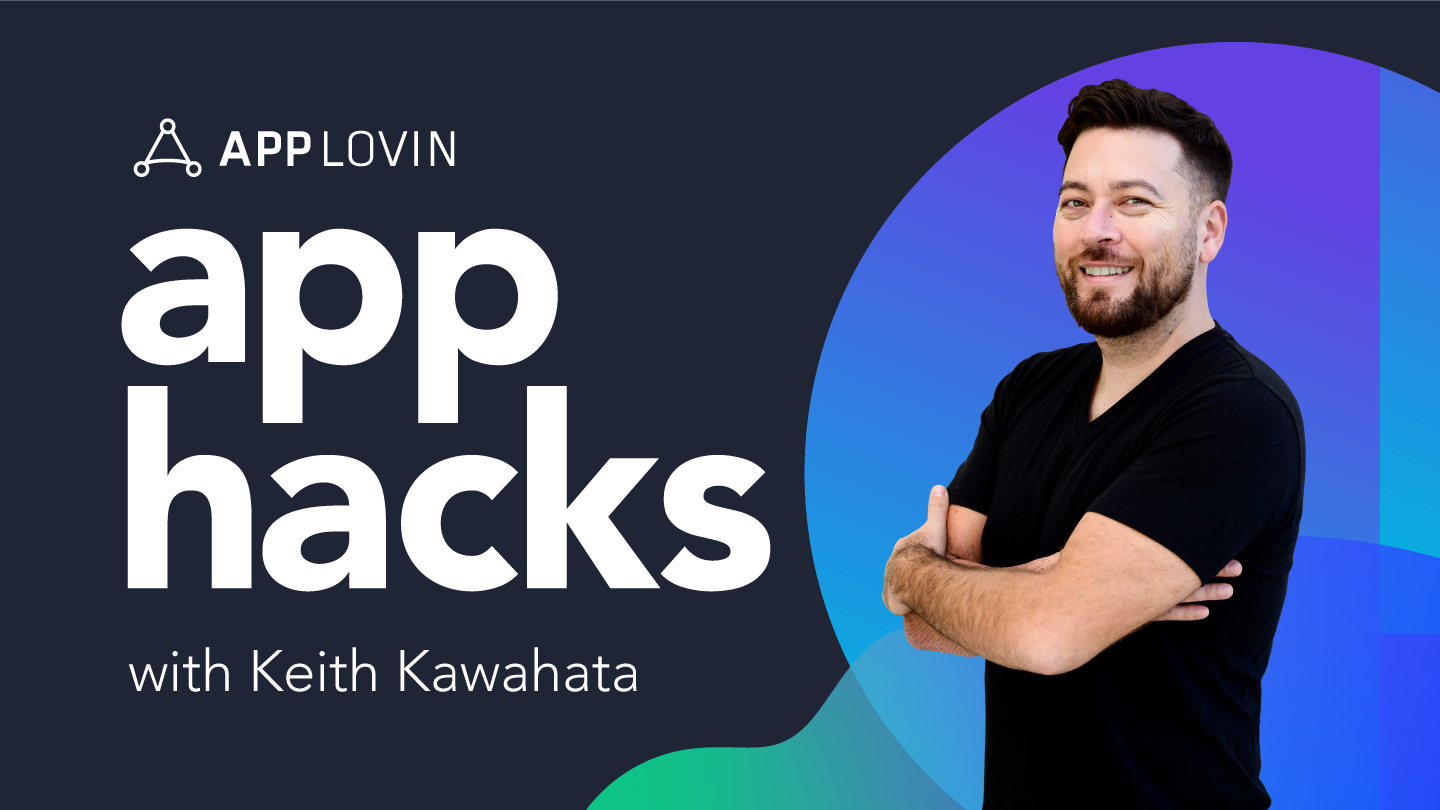Gaming, Industry News & Events
Ready to Get Started Making Your First Game? Here’s What You Need to Know
Jan 15, 2021

Gaming, Industry News & Events

So you’re ready to make your first mobile game? We’re excited to help you get started because the mobile app industry is flourishing!
In 2020 alone, mobile apps nearly 90 percent of mobile internet time was spent on apps. The market is meeting the demand, with more than 2.9 million apps in the Google Play Store and 4.4 million apps in the Apple App Store. It’s a giant market, and a solid indicator that the industry will continue to grow, and gaming apps dominate the list of top-grossing apps.
Often, the biggest roadblock can be not knowing where to start. The information is out there, but you may feel overwhelmed if you’re just getting started in your research.
So to help you better understand what benchmarks and goals you should be thinking about, we’ve created a few videos to accompany this blog post.
The two-part series, which features AppLovin’s Head of Games, Keith Kawahata, goes over a brief checklist that walks you through the following:
Research: Study your target markets and download similar games you want to create. Think about how to make it different or better.
iOS vs Android: Choosing your platform should rest on your target market.
Ideation: Come up with an idea that iterates on specific gameplay (i.e., puzzle, match-three) to make the game more innovative or engaging.
Storyline: In order to compete in today’s crowded mobile gaming space, think deeper, and tell a story. This can be done through your characters, the challenges they face, their strengths, and weaknesses.
Then, after you’ve done your research, consider the next layer of your game, which is, how will you make it engaging and profitable, quickly and without wasting a ton of time?
Player engagement: The success of AppLovin’s game, Mr Bullet, reflects the success a simple hyper-casual game can have thanks to strong progression and bonus features.
Marketability: Is your game simple and easy to understand? Is the difficulty gradually increasing with each level? Do you have ideas around creating short levels with “unlockable” content?
Developing a game can be expensive and time-consuming for any platform. So, you should have a plan to recover the investment.
The first mobile games fell into two categories—free, which meant that they were monetized through ads, and paid, which meant users had to make a single payment upfront.
Game monetization models have changed so much since the early days, they are now a lot more complex and offer developers and game studios more options and ways to profit from their games.
Today, these are some methods to make money from mobile games
Free to play, also known as F2P or FTP games are free to download, but require payment for various upgrades.
Freemium games are also free to download and play but offer players the opportunity to make small purchases, also known as in-app purchases (IAP).
In-app purchases give players a chance to add virtual goodies to enhance their gameplay, change cosmetic skins, get some exclusive gear, or boost their power or progress within the game.
One thing to note is that as developers, you need to be careful when you design this part so you don’t make players feel like they have to spend in order to get ahead in the game. There should be a good balance between IAPs and progressing, without having to spend within the game.
Game developers often make money through ads. Typically, these types of games are free to play and the ads help generate revenue.
The ad industry within mobile games has evolved with the growth of the industry and technology in general. AppLovin’s ad monetization solution MAX, helps developers and studios maximize ad revenue.
Here are several different types of ads to be aware of:
Display ads: These include static ads, dynamic display ads, pop up ads, banner, and video ads.
Interstitial ads show up automatically during the intervals. They’re commonly used for games with level-up progressions and provide a natural break in the gameplay. So, once a player is defeated or beats a level, for example, interstitials are the ads that show up right after.
Incentivized ads give players some kind of prize. For example, perhaps your game may offer a bonus of 100 coins if the player offers a short video before the new level starts.
Contextual ads are branded gameplay objects that are shown directly in the game. For instance, the ad may appear within the scenery of the game or in a branded storefront.
Plan your monetization strategy before you develop your game.
Often, developers and game studios use a hybrid monetization approach, which means they use a combination of these ads and in-app purchases to ensure users are engaged and have a great experience.
In-app purchases: A free game means you should think through what you want to offer players to purchase within the game. These purchases can be related to power-ups that can be unlocked, for example.
Ads within the app: You could also combine in-app purchases with ads. Pay special attention to the ad content and make sure it’s relevant to the player.
Premium versions: You could offer a free trial or demo and ask players to pay for further use.
Even though you won’t know all the details right away, it’s important to consider a visually stimulating design that directs the game and characters. The design can be the differentiating factor between your game and other developers.
When you reach the later stages of building out your game, doing a soft launch is a great way to gauge how successful your design and gameplay decisions are.